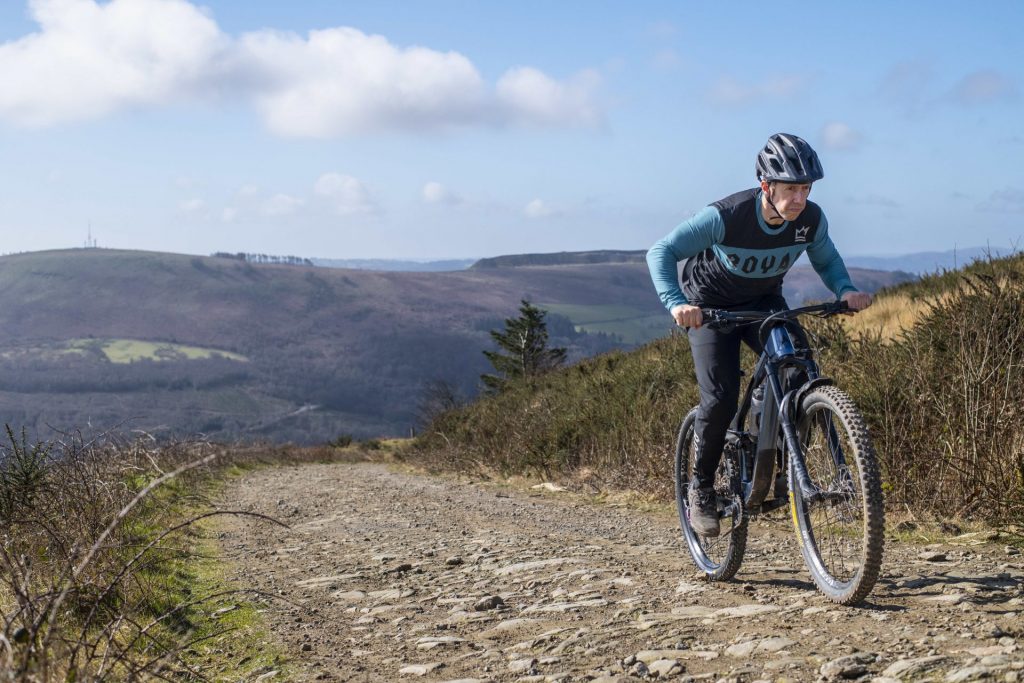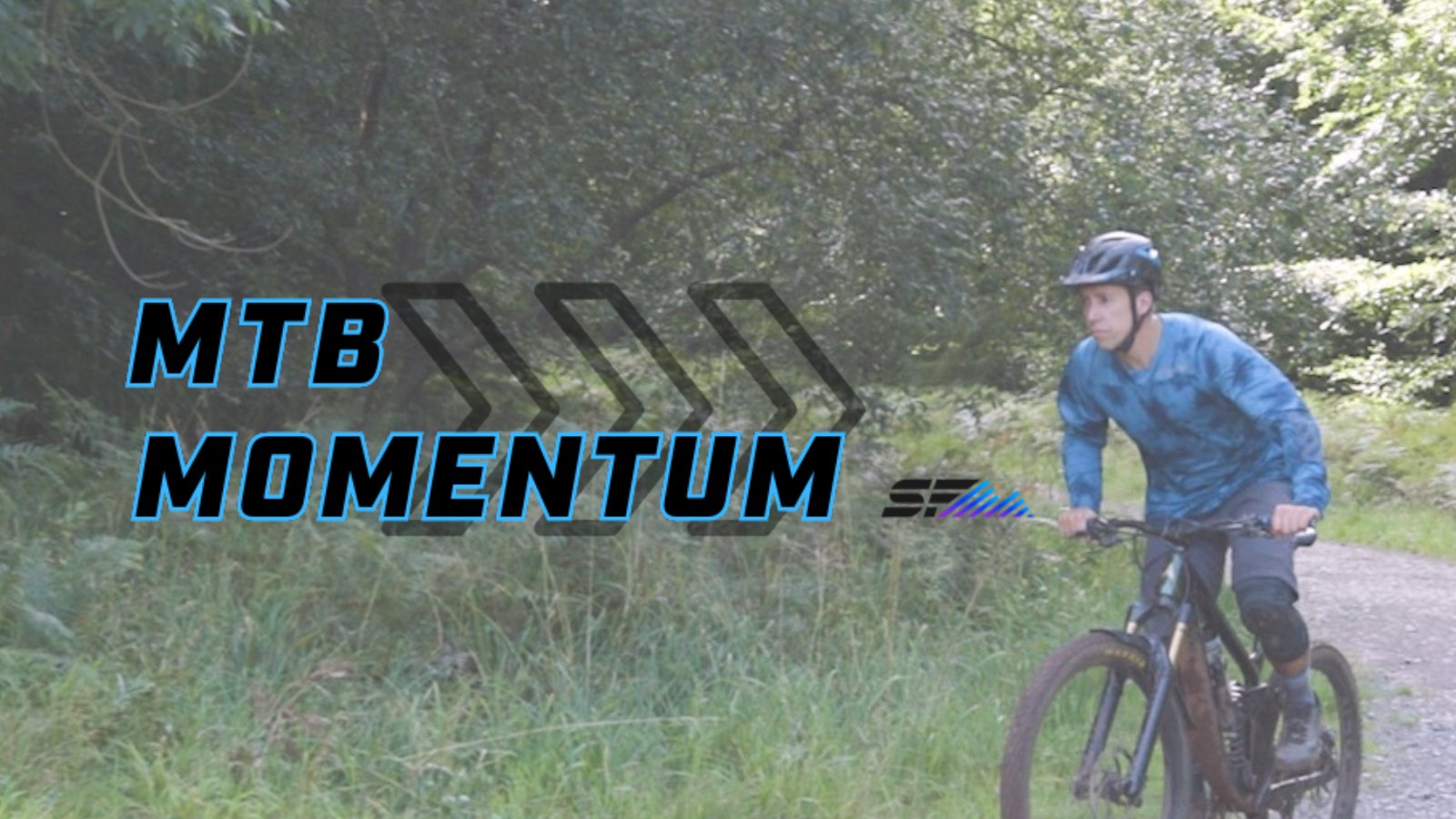
Interval Training For MTB Trail Speed
To really peak your mountain bike fitness and trail speed, interval training is hard to beat. Basically it is a structured training session where you perform a period of high intensity effort, followed by a period of lower intensity recovery. The goal is to stress your body enough with the level of intensity and duration, that it adapts, making you fitter.
Whilst interval training is the best way to make short term improvements in your fitness, its effectiveness over a longer period will be limited by how aerobically fit you are. This means that ideally you should perform a period of low intensity aerobic training before doing intervals, or you should make some time for aerobic work alongside intervals.
There are a few basic principles that will help you to plan your interval training:
- As you approach the goal event, the training should be more like the event. So, basically this means that the training can be more general in the winter months and then it will become more specific, mimicking the event as you get closer to it.
- Progressive overload. This governs all training, and is the principle that to force adaptations in your body, we need to apply progressively harder stresses to it. This can be more reps, higher power, less rest. Without progressive overload, you will not make progress, as you will adapt to the current training load.
- Develop the physical quality and then learn to repeat it. In order to develop your ability to ride hard for a given duration you need to repeatedly ride hard for that duration. That means taking longer rest periods to fully recover, and keeping the quality of the intervals high. When we reduce the recovery periods, the power will go down on every rep (less quality), so we are not developing, we are just getting tired. Once you are more powerful over that given duration, you can reduce the recovery and learn to repeat it for more reps and/or over a shorter period of time.

Now you are planning some interval training, it is a good time to understand how fit you are now. You can test yourself using a smart trainer, Wattbike or out on the road or MTB. What you choose will depend on your goals, your event (or just trail riding) and what you have available. Whatever you choose, whether it is a Wattbike ramp test or a cross country test route, it must be repeatable, so you can re-test after a period of training. This is how we understand whether your training is working for you or not. Most riders should re-test every 6-12 weeks.
Generally when you start a period of interval training you will do shorter duration intervals and then increase the duration over time, as you get fitter, and then becoming more specific as you approach the race or riding season. For an enduro racer, this could be starting with 30 second efforts, building to 3-5 minute efforts, before beginning a period of sprint repeat intervals that replicate enduro race stages. Of course, all riders and racers are different, so the exact details will depend on the individual.
In a typical training week, most people should only do one or two high intensity interval sessions. Doing more than this is very hard to recover from, and you may not improve your fitness as a result. Two high quality sessions, with full recovery will always be better than three average sessions with poor recovery. This can also fit in around strength training and trail riding without too many problems.
Here are some example training sessions for different riders.
Normal trail rider who just wants general MTB fitness:
1 min hard effort, followed by 3 minutes easy spin.
4-5 reps.
6 minute easy spin.
1 min hard effort, followed by 3 minutes easy spin.
4-5 reps.
As this rider improves their 1 minute power, they could reduce the recovery to 2 minutes, instead of 3.
Cross country racer:
12-15 minutes at threshold pace.
2-5 minutes aerobic spin.
Repeat 2 times
As they get closer to the race season, the goal will be to do do 3-4 reps, building up closer to race duration.
For riders who are short on time, you can combine interval training into a mountain bike ride or add on some aerobic base miles after the intervals are complete. This is really efficient and can also be quite fun, working hard doing hill intervals on a group ride and competing with friends.
For any interval session, make sure that you do a good warm up. As a general rule, the shorter and more intense the intervals will be, the longer the warm up. For longer, threshold type intervals, a steady aerobic warm up will usually be fine. For short, 30 second to 5 minute high intensity efforts, you will need to do some intensity in the warm up, spinning for 30-60 seconds at 70-80% effort. This will raise the heart rate and make the first interval less of a shock.
At the end of the session, you can start the recovery process by spinning at a very low intensity for 10 minutes. If you finish the last interval with a really high HR and burning thighs, and then immediately stop and get off the bike, you will regret it next time you go to ride. As always, you will have to recover well to make progress, and the harder you train the harder you will need to recover, so ensure you get 8+ hours of quality sleep over night and eat a well rounded diet, with 1.5 to 2 grams of protein per kg of bodyweight.
Remember that mountain biking is also meant to be fun, and not every ride needs to be training. When you do intervals, give them your full attention and effort, and focus on quality reps over quantity.
Want more content like this? Drop your email address into the form below to receive a weekly training email, every Tuesday.
